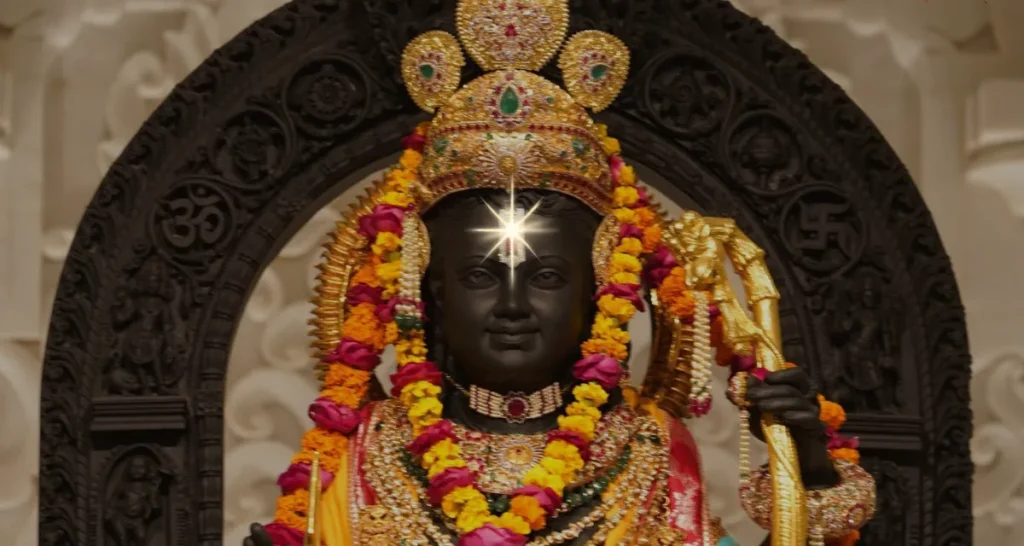In the diverse tapestry of religious practices in India, the Ramnamis stand out as a unique community of devotees who express their unwavering faith in Lord Ram through a distinctive tradition.

Originating in the 19th century in central and northern Chhattisgarh, the Ramnami Samaj emerged as a peaceful resistance movement against the prevailing caste system in India.
One of the striking features of this sect is the practice of tattooing the name of Lord Ram on their bodies, a symbolic act conveying the omnipresence of God.
Historical Background of Ramnamis
Over a century ago, members of the Ramnami Samaj took a significant decision to tattoo the name of Ram on their bodies and faces. This decision was a form of protest against the caste system, reflecting their belief that Ram or God, is present everywhere.
Also Read: What is Pran Pratistha and Its Significance in Ram Mandir Inauguration
The movement aimed to establish equality and a profound connection with Lord Ram through a unique expression of devotion.
Beliefs and Practices of Ramnamis
Ramnamis emphasize worshipping Lord Ram in any form, whether it be through donning saffron robes or shaving their heads. Their belief system diverges from orthodox Hinduism as they worship a formless divine entity, recognizing the ‘One True God’ identified as Ram.
This departure from traditional practices is manifested in their devotional acts, such as adorning themselves with ‘ghungroos’ and a crown crafted from peacock feathers.
Gender equality is a core principle for Ramnamis and they express their devotion through dances and Bhajan performances in Chhattisgarh, where ‘ghungroos’ play a vital role.
Unlike conventional Hindu practices, the Ramnamis inscribe the name of Lord Ram on their bodies, considering it a tangible manifestation of their deep rooted faith.
Tattooing Process of Ramnamis
The process of tattooing is a meticulous and manually intensive endeavor carried out by appointed senior Ramnamis.
Also Read: Ayodhya Ram Mandir Consecration Celebrations Around the World
They use two wooden needles to create the intricate tattoos, making the experience intensely painful.
The ink utilized for the tattoos is derived from the soot obtained by burning kerosene oil in an earthen pot, adding a ritualistic aspect to the process.
Ramnamis Cultural Significance
The Ramnamis have become an integral part of Chhattisgarh’s cultural landscape and their devotion is showcased in various cultural events and fairs, including the Ramnami fair organized by the Chhattisgarh government ahead of the Ram Mandir ‘pran pratishtha’ ceremony in Ayodhya.
Their unique practices and beliefs have gained attention, making them a distinctive community within the broader religious fabric of India.
Prediction of Ayodhya Ram Mandir
In a recent statement, the Ramnamis claimed that their ancestors had foretold(Predicted) the consecration ceremony of the Ram Lalla idol 150 years ago.
Also Read: Day 5 of Ram Mandir Pran Pratishtha: Cleansing with Saryu Water
This connection to historical events adds an intriguing dimension to their faith, reinforcing their belief in the divinity of Lord Ram.
Conclusion
The Ramnamis, with their rich history and unique expression of devotion, offer a fascinating glimpse into the diversity of religious practices in India.
Their commitment to gender equality, departure from traditional Hindu rituals and the tangible expression of faith through body tattoos make them a distinctive and culturally significant community.
As we explore the rich tapestry of Indian spirituality, the Ramnamis stand as a testament to the various ways in which individuals connect with and express their devotion to the divine.






